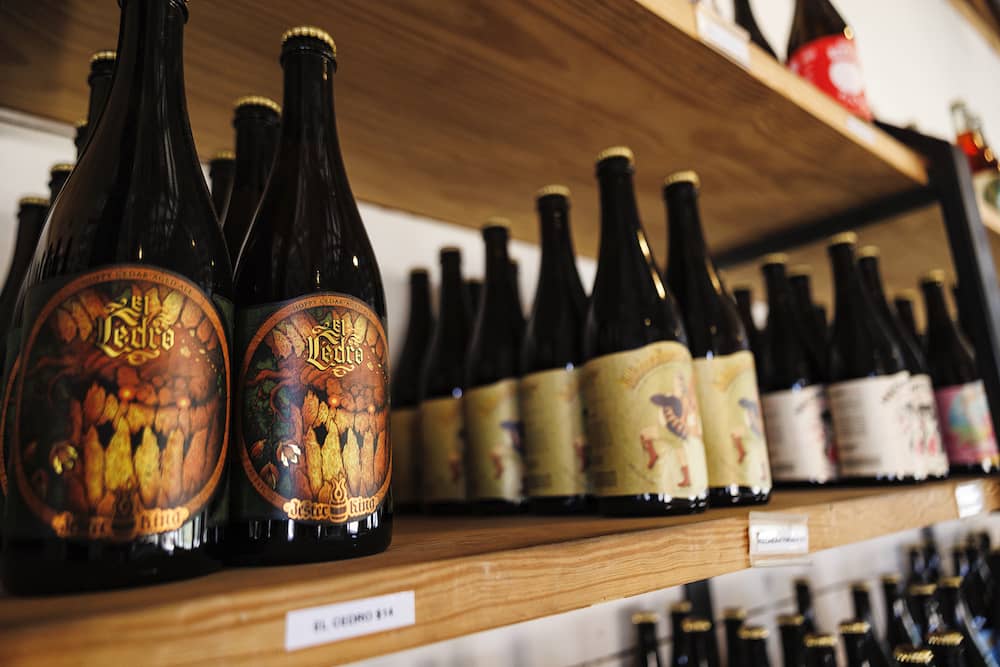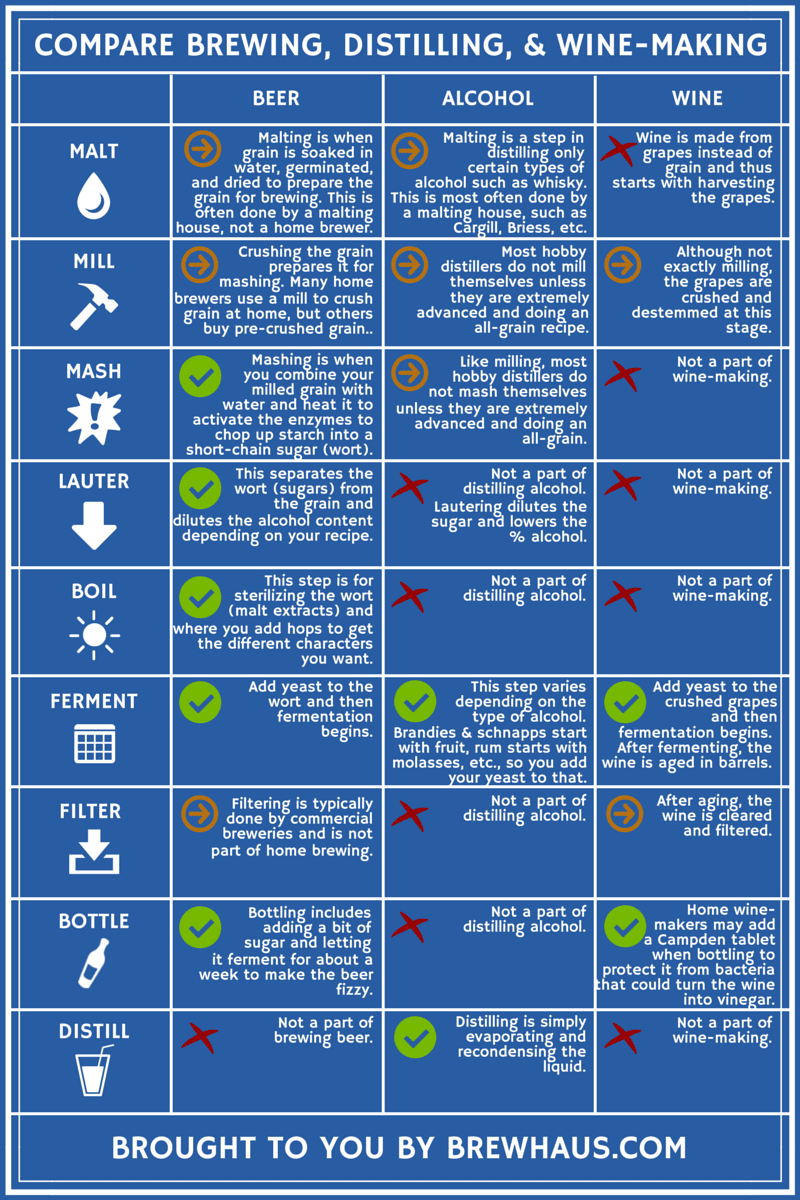Go to a Distillery in Galveston: Behind-the-Scenes Tours and Tastings
Go to a Distillery in Galveston: Behind-the-Scenes Tours and Tastings
Blog Article
The Ultimate Distillery Experience: From Grain to Glass, Every Little Thing You Required to Know
Starting a journey via the details of the distillery process reveals a world where scientific research meets creativity in the production of spirits. From the mindful option of grains to the thorough crafting of each container, every action in the production line plays an essential duty fit the last item that enhances our glasses. As we explore the subtleties of distillation, aging, and flavor accounts, a much deeper appreciation for the craftsmanship and dedication behind each sip arises. Join us as we untangle the layers of expertise and passion that finish in the ultimate distillery experience.
The Art of Grain Selection
Choosing the optimal grains is a crucial action in the distillation procedure, determining the flavor profile and top quality of the end product. The type of grain picked significantly influences the character of the spirit being produced - Galveston Liquor. Typical grains utilized in purification consist of barley, wheat, rye, and corn, each conveying distinctive tastes and qualities to the last product

Beyond flavor factors to consider, the quality and pureness of the grains are critical. Distillers meticulously resource grains to guarantee they are without contaminants and have the needed starch web content for fermentation. By grasping the art of grain choice, distillers lay the foundation for developing outstanding spirits that captivate the taste buds.
Distillation Refine Demystified
Having developed the structure with meticulous grain choice, the purification procedure arises as the transformative stage where the essence of the selected grains is opened and improved into a spirited type. Distillation is a methodical process that relies upon the concept of separating alcohol from a blend based upon differences in boiling points. As soon as the fermented mash is warmed in the still, the alcohol evaporates at a lower temperature level than water and other substances, enabling for its removal. As the alcohol vapors climb and pass through the still, they condense back right into fluid form, leading to a greater proof extract. This distillate, also known as the 'heart cut,' is the purest and finest part of the distillation run. The procedure does not end there; several purification runs or extra steps such as aging in barrels may further refine the spirit, boosting its intricacy, personality, and flavor. Understanding the details of the purification procedure is essential for generating top notch spirits that mesmerize lovers and connoisseurs alike.
Barrel Aging and Taste Growth
Throughout the barrel aging process, spirits go through a transformative trip as they engage with the wood, soaking up nuanced flavors and establishing an abundant complexity. The kind of timber made use of, usually oak, considerably affects the last taste of the spirit. Oak barrels are favored for their distinct properties that improve the flavor profile. As spirits age in the click here to read barrels, they extract compounds such as vanillin, lignin, and tannins from the timber, adding to the advancement of scents like vanilla, caramel, flavor, and even tips of toasted oak.
The porous nature of wood likewise allows the spirit to breathe, promoting the combination of flavors over time. Depending on the period of aging and ecological problems like temperature and humidity, spirits can get various features, from subtle timber notes to deep, complex flavors that make each batch special.
Craftsmanship in Bottling and Classifying
As spirits reach their optimum flavor profiles via barrel aging, the thorough craftsmanship in bottling and labeling becomes the following vital action in providing a costs item to customers. The process of identifying and bottling is an important element of the overall distillery experience, as it is the final touchpoint before the product gets to the hands of consumers (Galveston Whiskey). Craftsmanship in bottling involves making sure that each bottle is filled up specifically with the spirit, considering factors such as consistency in fill levels and the avoidance of any type of impurities entering the bottle

Tasting and Valuing Great Spirits
To fully next page value great spirits, one should engage all the senses in a conscious and intentional sampling experience. When sampling penalty spirits, it is important to start by observing the spirit's look. Swish the spirit in your mouth to completely experience its structure and taste.
Conclusion
Finally, the distillery experience incorporates the intricate art of grain choice, the accurate distillation process, the transformative barrel aging, the meticulous craftsmanship in bottling and labeling, and the sophisticated method of tasting and valuing fine spirits. Each step in the manufacturing procedure plays a crucial function in developing top notch spirits that astound the detects and joy lovers worldwide.
The kind of grain picked significantly influences the character of the spirit being produced. By mastering the art of grain choice, distillers lay the foundation for producing phenomenal spirits that captivate the taste buds.

Report this page